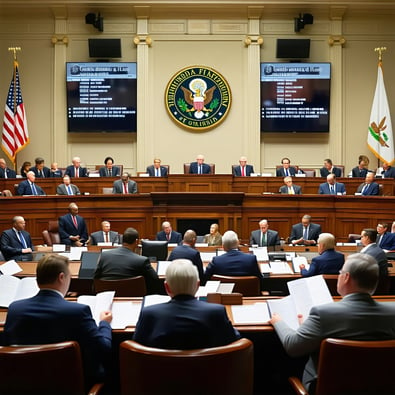The health practitioner watchdog has sounded the alarm over a troubling trend in medicinal cannabis prescribing: rapid growth driven by one‐stop‐shop telehealth models and vast patient demand, all too often at the expense of safety and continuity of care.
Telehealth “Quick‑Prescribe” Models Under Scrutiny
In recent guidance, the regulator highlighted an alarming pattern: companies offering brief online consultations—sometimes mere minutes long—with prescribers who then both authorize and dispense medicinal cannabis products. These “consult, click, ship” services have exploded in popularity, but the watchdog warns that such models leave little room for detailed medical history‑taking, thorough risk assessment, or coordination with a patient’s regular doctor.
Concerning Incidents and Patient Harm
Among the cases flagged are prescriptions for under‑18s, consultations lasting as little as a few seconds, and instances where basic due diligence—checking contraindications, reviewing co‑medications, or informing patients about alternative treatments—was noticeably absent. In some extreme examples, individual practitioners have issued more than 10,000 cannabis scripts in just six months—equivalent to one prescription every four minutes of every working day. Such volumes, the regulator says, cannot occur without compromising patient safety and sound clinical judgment.
Regulator’s Response: Cautions, Investigations and New Guidelines
So far, 57 medical practitioners, nurse practitioners and pharmacists have been formally cautioned over their prescribing practices. Another 60 are under active investigation. The core message: prescribing must be judicious, patient‑centered, and documented properly—even (and especially) in high‑volume telehealth environments.
At their heart, these are common‑sense measures physicians should already follow:
-
Comprehensive Consultations: Allocate sufficient time to explore symptoms, medical history and treatment goals.
-
Full Medical Review: Screen for contraindications, drug interactions and comorbidities.
-
Continuity of Care: Communicate with patients’ existing healthcare team to ensure integrated management.
-
Informed Consent: Emphasize that, outside a handful of approved indications (e.g., childhood epilepsy, certain chemotherapy‑related nausea, multiple sclerosis spasticity), medicinal cannabis remains an unapproved therapy and should not be first‑line treatment.
Why It Matters
Medicinal cannabis hold genuine promise for some conditions—but they are not a panacea. Left unchecked, the combination of aggressive telehealth marketing and minimal clinical oversight risks exposing patients to side effects, missed diagnoses and fragmented care.
Looking Ahead
The regulator is clear: most practitioners do the right thing, but patterns of unusually high script volumes or “tick‑box” consultations will trigger investigation—even without a patient complaint. As telehealth continues to reshape medicine, safeguarding quality and patient safety must remain paramount. Only by insisting on robust clinical standards can we ensure that medicinal cannabis is used responsibly, effectively and—above all—safely.





